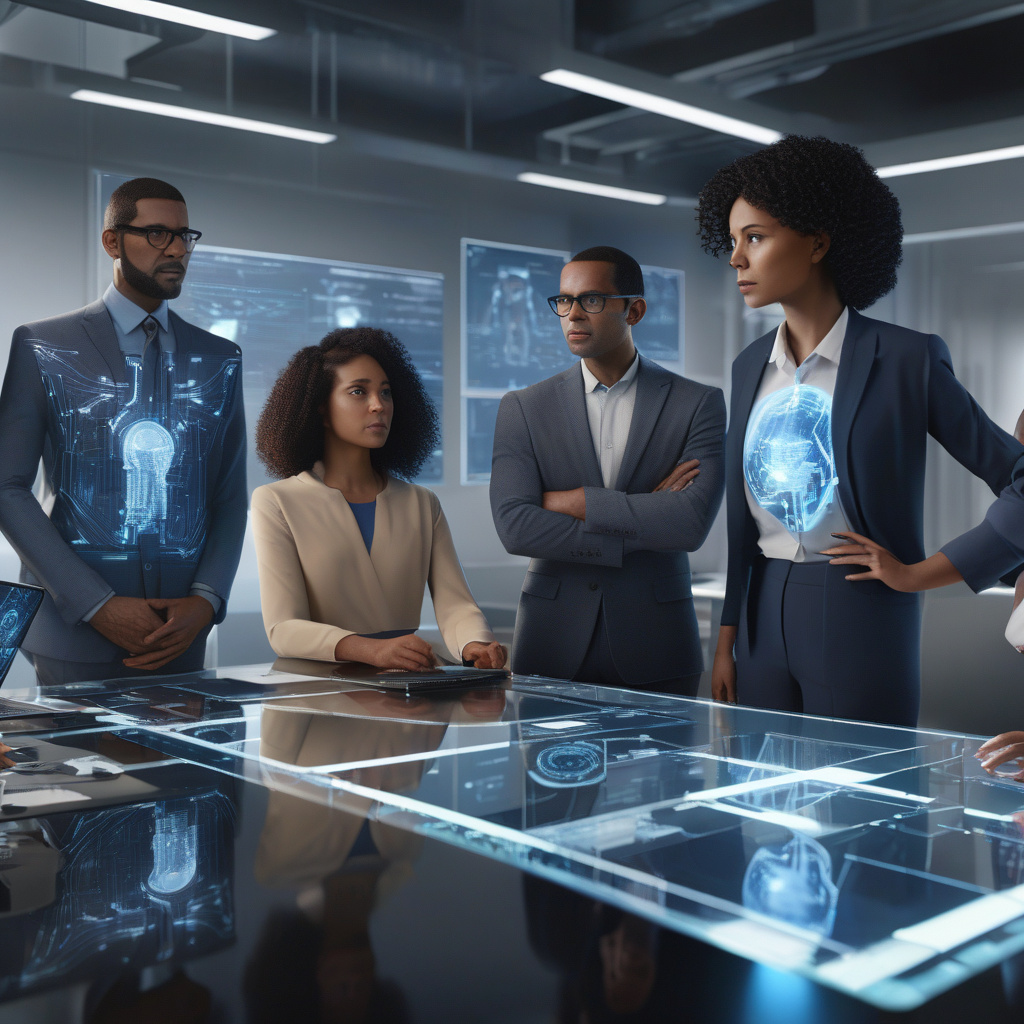The disruptive force of Artificial Intelligence (AI) in the workplace is undeniable, with nearly two-thirds of jobs projected to be impacted by its advancements. Studies from reputable institutions like the New York Federal Reserve Bank and the World Economic Forum reveal that the rise of AI, particularly generative AI (genAI), is set to reshape the employment landscape. As AI technology progresses, it is either taking over routine tasks previously handled by younger workers or necessitating upskilling to leverage these tools effectively.
Goldman Sachs data suggests that AI could potentially affect up to 300 million full-time jobs globally, highlighting significant shifts in advanced economies like the United States and Europe. For instance, the field of software development is already witnessing changes in job requirements, with a decline in entry-level postings as employers adapt to a larger applicant pool and evolving technological demands.
Indeed CEO Chris Hyams has pointed out that a substantial proportion of job listings on the platform now involve skills that AI can proficiently manage. The rapid increase in job postings mentioning genAI-related terms underscores the growing integration of AI technologies across various industries. While the prevalence of AI in job listings is rising, it’s essential to note that current AI tools are not poised to entirely replace human workers but rather augment their capabilities.
Hannah Calhoon, Indeed’s vice president of AI, emphasizes the symbiotic relationship between AI and human judgment. She stresses that organizations must equip their employees with a fundamental understanding of AI to leverage its potential effectively. As AI evolves, professionals need to stay abreast of market demands, continuously updating their skill sets to remain competitive in an AI-driven landscape.
Experts like Sarah Hoffman envision a future where AI enables workers to transition from repetitive tasks to more creative pursuits, emphasizing the importance of learning how to collaborate with AI tools. This shift towards AI-assisted roles will require individuals to cultivate new skills, adapt to changing job dynamics, and embrace innovative approaches to work.
Arthur O’Connor, an academic expert in data science, highlights the complexities surrounding the impact of AI on jobs. While concerns about job displacement exist, O’Connor also acknowledges the potential for AI-driven growth and the emergence of new industries spurred by technological advancements. He cautions against alarmist perspectives, advocating for a nuanced understanding of AI’s role in shaping the future workforce.
In conclusion, the integration of AI in the workplace is inevitable, with a significant proportion of jobs set to be influenced by AI technologies. Embracing AI as a tool for empowerment and innovation, rather than viewing it as a threat to job security, is crucial for professionals navigating the evolving job market. By fostering a culture of continuous learning and adaptability, individuals can harness the potential of AI to enhance productivity, drive innovation, and shape a more dynamic workforce for the future.

